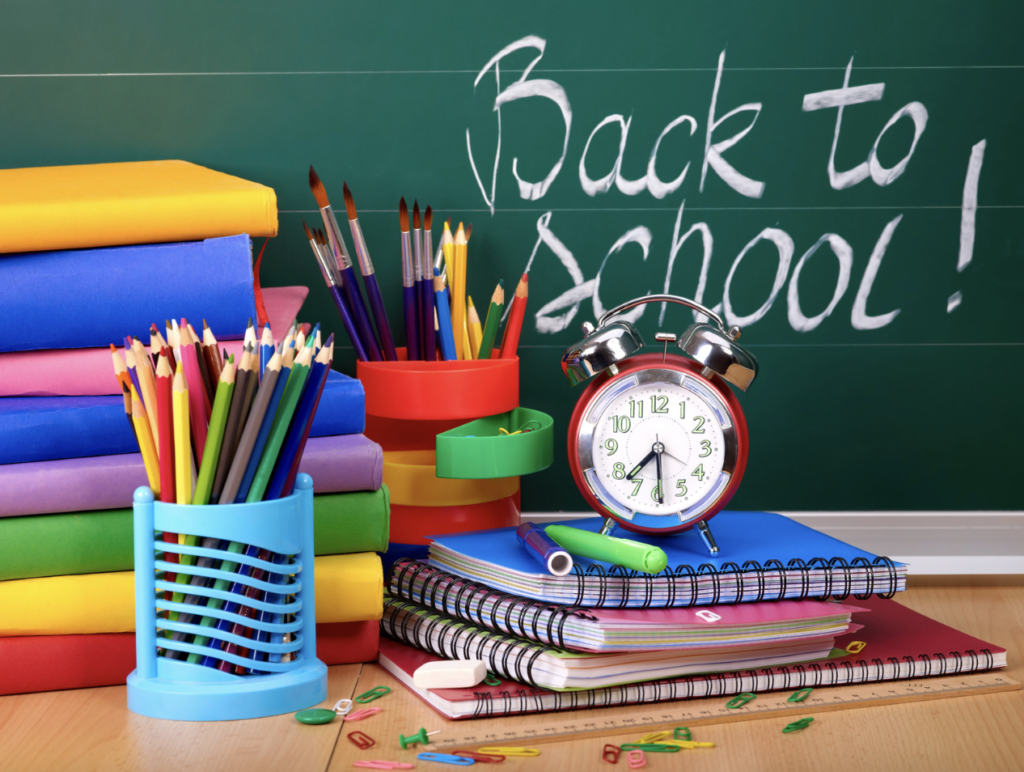Building a Balanced Back-to-School Routine

Transitioning back-to-school
As summer break comes to an end, it’s time for children to transition back-to-school. This period of change can be challenging for both children and parents, as they need to shift from the relaxed schedule of vacation to the structured routine of academics. In this blog, we’ll explore how to handle the transition while addressing any bad habits or routines developed during the break. We’ll also discuss ways to prepare children without sacrificing the fun they’ve had. Let’s find the balance before school starts!
1. Recognize the Importance of Mental Health:
Transitioning back to school is not just about physical preparation but also mental well-being. Start by acknowledging any anxieties or concerns your child may have about returning. Create an open environment where they feel comfortable discussing their emotions. If needed, seek professional mental health services to support their emotional well-being during this transition.
2. Gradual Adjustment:
Rather than abruptly switching from a flexible summer routine to a rigid school schedule overnight, ease your child into it. A few weeks before school starts, gradually reintroduce structured activities and earlier bedtimes. This will help them readjust their body clock and make the morning routine smoother once school begins.
3. Addressing Bad Habits:
• Extended breaks often lead to the development of bad habits, such as excessive screen time or irregular sleep patterns. As a parent, it’s important to gently address these habits without being too strict or punitive. Encourage healthier alternatives like engaging in physical activity, reading, or pursuing hobbies. Set reasonable limits on screen time and gradually reduce it to align with school expectations.
4. Reestablishing Routine:
Establishing a consistent routine is crucial for children’s success in school. Work together with your child to create a realistic schedule that incorporates study time, extracurricular activities, and family time. Make sure to include breaks and relaxation periods as well. Display the schedule visibly to provide a sense of structure and empower them to follow it.
5. Making Back-to-School Fun:
Transitioning back to school doesn’t have to be all work and no play. Involve your child in back-to-school shopping for supplies or a new backpack, allowing them to choose items they love. Organize fun activities like a “countdown to school” calendar or a special breakfast on the first day. By adding elements of excitement, you can help your child associate positive emotions with going back to school.

Conclusion:
Preparing your child for a successful transition back to school involves finding a balance between routine and fun. By prioritizing their mental health, gradually adjusting their schedule, addressing bad habits, reestablishing routines, and infusing joy into the process, you can ensure a smoother return to academics. If you feel a need for additional help in navigating your child’s return to school, our therapists at HopeNation counseling are available to provide additional support when needed.
Let’s make this back-to-school season full of positivity and growth for our children!

Steven Shampain
